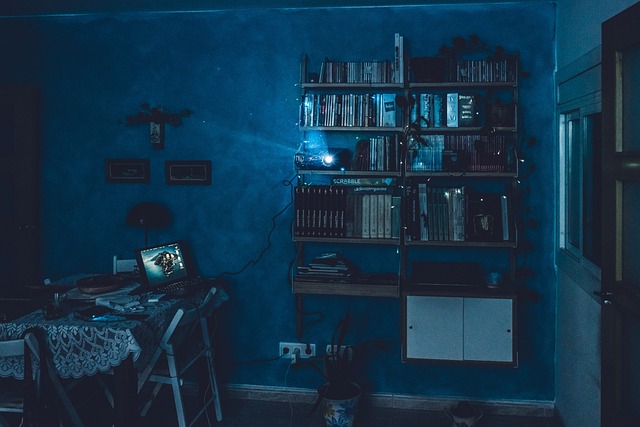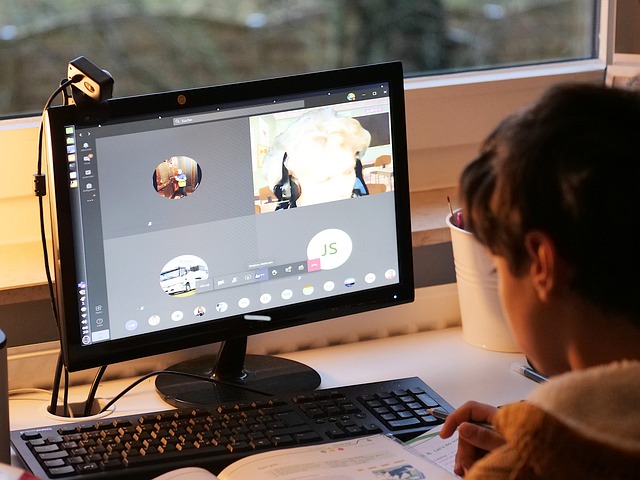Video compression is key for optimizing and efficiently storing video content on devices like Android TV, reducing file sizes without sacrificing quality. DivX, with its advanced codecs, enables smooth playback of DivX videos on these devices, ideal for streaming multimedia. Balancing quality and size through codec selection and setting adjustments ensures high-quality viewing experiences even over slower connections. Extensive testing is required to find the optimal configuration for seamless play, focusing on frame rate stability and image clarity.
Discover the art of compressing video data without sacrificing quality, perfect for streaming enthusiasts. This guide explores the essentials of video compression and its impact on your viewing experience, especially on Android TV. We delve into the DivX Codec, a powerful tool enabling you to play DivX files seamlessly on your Android TV device. Learn how to optimize settings for an ideal balance between file size and visual fidelity, ensuring a smooth streaming journey.
Understanding Video Compression: The Basics and Why It Matters

Video compression is a process that reduces the size of video files while minimizing perceived loss in quality. It involves eliminating redundant or less perceptible data from the original video, allowing for more efficient storage and transmission. This is crucial, especially when considering devices like Android TV where space and bandwidth optimization are essential. For instance, playing DivX on Android TV benefits greatly from compression as it ensures smooth playback without bloating memory resources.
The basics of video compression include various techniques such as discrete cosine transform (DCT), motion estimation, and quantization. DCT decomposes the video into spatial blocks, simplifying the process of identifying and removing redundant data. Motion estimation tracks changes between frames, compressing only the differences rather than storing each frame separately. Quantization further reduces file size by rounding pixel values, a trade-off that directly impacts visual quality but can be fine-tuned to meet specific requirements. Understanding these fundamentals is key to optimizing video content for devices like Android TV, ensuring users enjoy high-quality playback while saving storage space.
DivX Codec: A Powerful Tool for Android TV

The DivX Codec is a powerful tool that enables users to play and compress DivX videos seamlessly on their Android TV devices. This codec is specifically optimized for high-quality video playback, ensuring that users can enjoy their favorite content without any loss in picture or sound quality. By integrating DivX support into Android TV, users can now easily access and play a wide range of video formats directly on their smart TVs, making it an ideal choice for streaming movies, TV shows, and other multimedia content.
With its advanced compression algorithms, DivX effectively reduces video file sizes without sacrificing visual clarity or audio fidelity. This is particularly beneficial for Android TV users who often deal with large video libraries and limited storage space. By playing DivX on Android TV, users can take advantage of efficient data compression, ensuring a smooth streaming experience even over slower internet connections.
Optimizing Settings for Quality and Size Balance

When compressing video data for optimal playback on devices like Android TV, balancing quality and file size is crucial. This involves adjusting settings to ensure the video retains its visual integrity while offering a manageable file size that facilitates smooth streaming. A key aspect of this balance is choosing the right codec; DivX, for instance, offers excellent compression ratios without sacrificing too much in terms of picture quality.
For Android TV users looking to play DivX content, optimizing settings means finding the perfect mix between bit rate and resolution. Lowering the bit rate can significantly reduce file size but might introduce visible artifacts if set too aggressively. Conversely, maintaining a higher bit rate ensures superior quality but results in larger files. Therefore, testing different settings is essential to find the sweet spot that delivers both high-quality playback and manageable storage requirements.
Testing and Comparing: Ensuring Seamless Play on Your Android TV

When testing and comparing video compression methods, it’s crucial to ensure seamless play on your Android TV. As an example, DivX has long been recognized for its ability to compress video data without compromising quality, making it a popular choice for streaming content on this platform. To truly evaluate any solution, extensive testing is required. This involves playing back compressed videos of varying qualities and resolutions to simulate real-world scenarios.
During these tests, pay close attention to frame rate stability, image clarity, and the absence of buffering or stuttering. After all, a smooth viewing experience is paramount. The ideal solution should allow you to enjoy high-quality DivX content on your Android TV without any hiccups, ensuring that every scene, from fast-paced action sequences to fine details in scenic landscapes, is rendered flawlessly.
Video compression is a vital aspect of modern media consumption, especially for streaming on devices like Android TV. By understanding the fundamentals and utilizing efficient codecs like DivX, users can enjoy high-quality videos while optimizing storage space. The article has guided readers through the process of configuring settings to achieve an ideal balance between video quality and file size, ensuring a seamless experience when playing DivX content on their Android TV devices.
